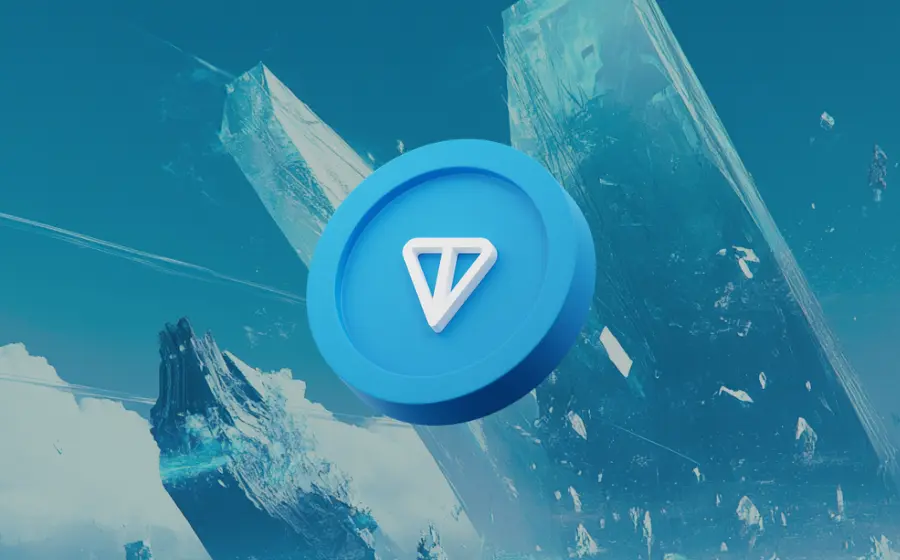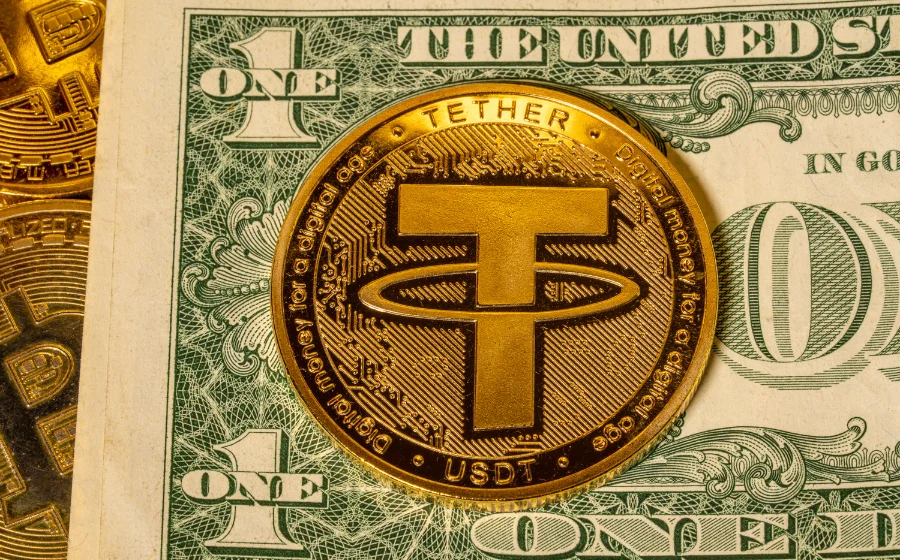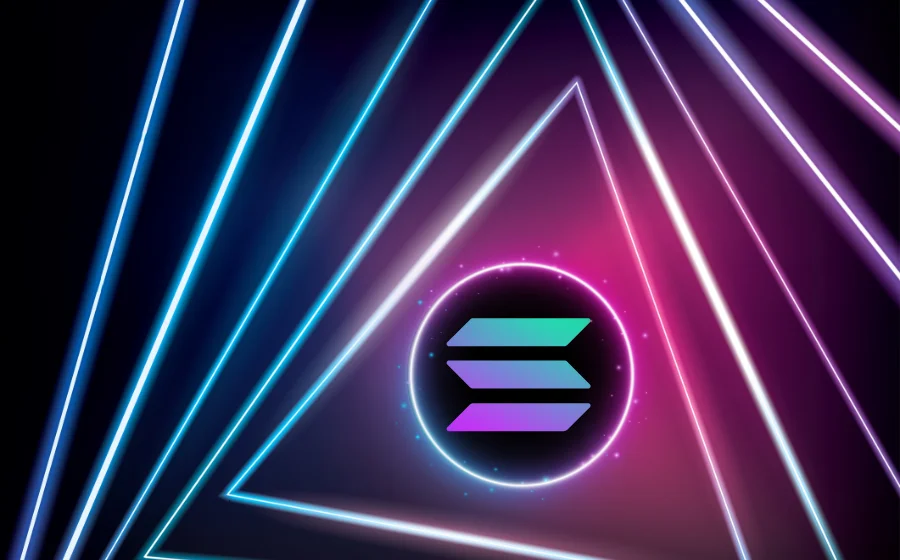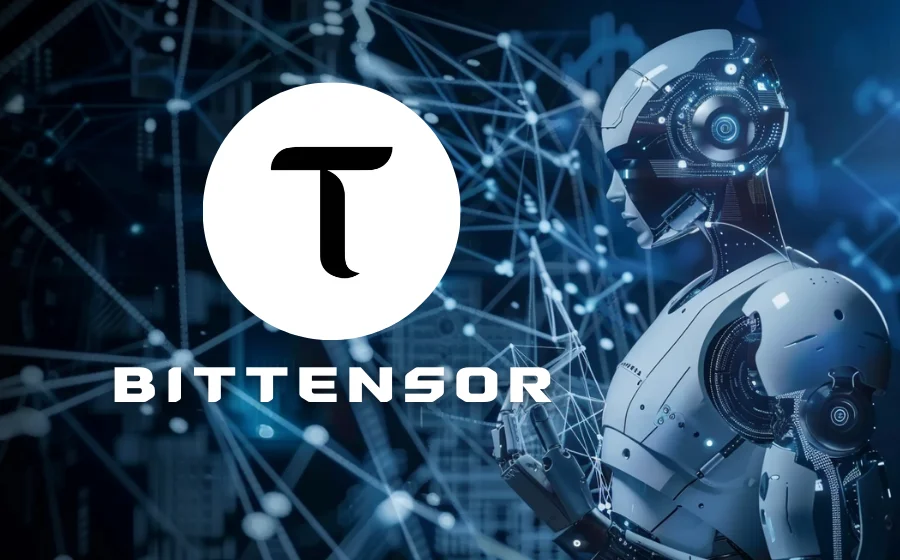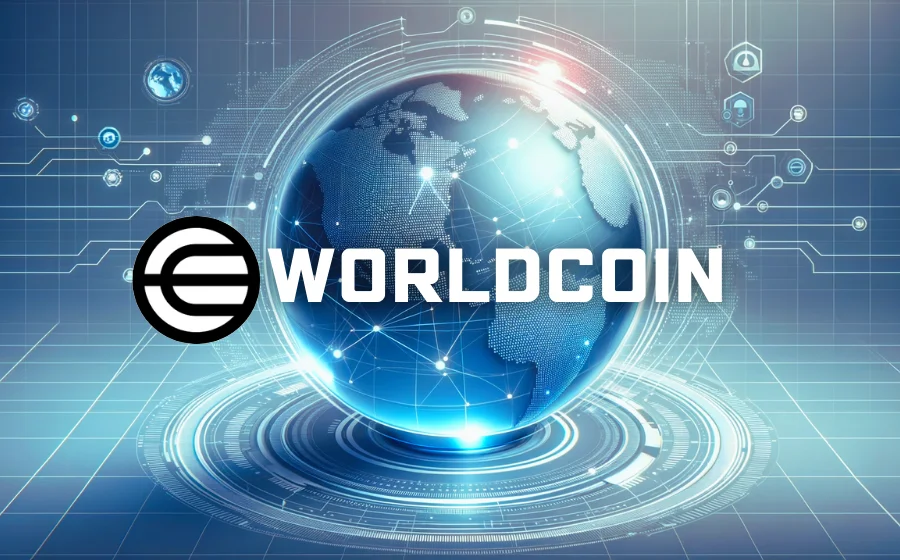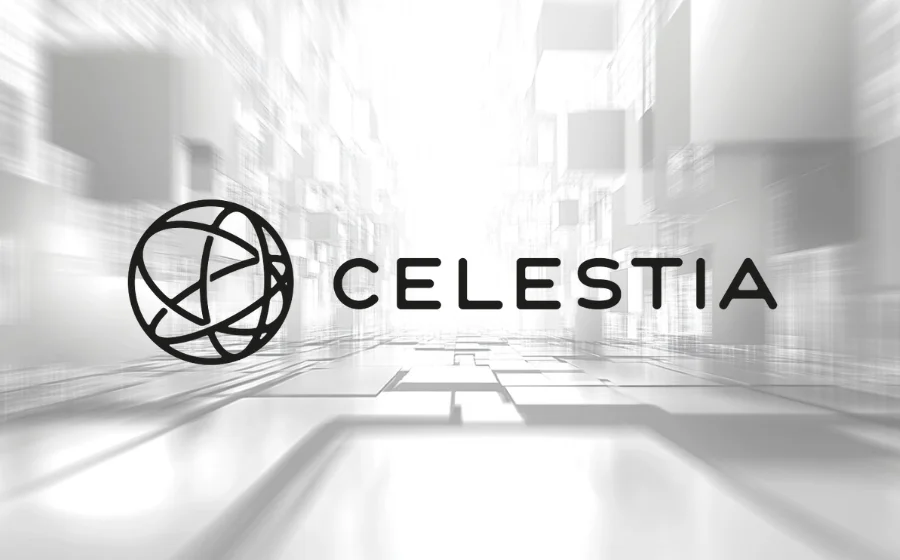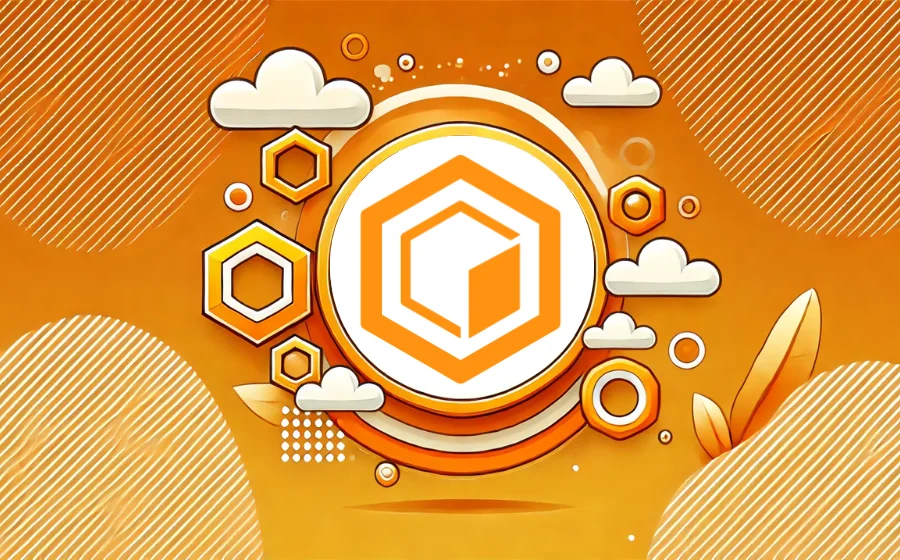
KEYTAKEAWAYS
- Core combines PoW and DPoS mechanisms for enhanced security, scalability, and decentralization.
- CORE tokens play vital roles in governance, utility, and decentralized distribution.
- Core's Satoshi Plus mechanism integrates with Bitcoin PoW, promoting a secure and scalable blockchain network.

CONTENT
Core (CORE) is a cryptocurrency providing a decentralized, secure digital payment system using PoW and DPoS. It supports privacy, peer-to-peer transactions, and governance within its ecosystem.
WHAT IS CORE & CORE TOKEN?
Core (CORE) is a cryptocurrency designed to provide a decentralized and secure digital payment system. It operates on its own blockchain network and utilizes a Proof-of-Work (PoW) consensus mechanism for validating transactions and mining new coins. Core emphasizes privacy features, enabling anonymous transactions through advanced cryptographic techniques. The project is open-source, maintained by a global team of volunteer developers. Core can be used for peer-to-peer transactions, stored in cryptocurrency wallets, and traded on various digital asset exchanges.
As the official token of the Core blockchain, CORE aims to solve the blockchain trilemma by enhancing decentralization, security, and scalability. The CORE token plays several crucial roles, including:
- Decentralized Distribution: CORE tokens are distributed in a decentralized manner to support the utility and governance of the Core network.
- Governance: CORE token holders maintain the Core network, ensuring decentralization and self-sovereignty.
- Utility: The CORE token is used for various functions within the Core ecosystem.
The Core blockchain, powered by CORE, uses a combination of the PoW consensus mechanism, similar to Bitcoin and Dogecoin, and a modified Proof-of-Stake algorithm called Delegated Proof of Stake. This Satoshi Plus mechanism enables the blockchain to achieve a balance between decentralization, security, and scalability.
>>> More to read : What is Bitcoin: A Comprehensive Overview
HOW DOES CORE WORK?
Core leverages the PoW consensus mechanism from the Bitcoin blockchain and Delegated Proof of Stake (DPoS) to address the “blockchain trilemma.” Here’s a detailed look at how it works:
- Proof of Work (PoW)
The Core blockchain utilizes the PoW consensus mechanism, similar to Bitcoin. PoW is a practical decentralized mechanism that allows anyone with computing power to participate in mining.
In the Core network, Bitcoin miners can delegate their hashing power to Core validators or run their own validators by synchronizing their identities on both the Bitcoin and Core blockchains. When transactions are submitted, blocks mined by Bitcoin miners are synchronized with the Core network through relayers. The network tracks the number of blocks generated by each miner on the Bitcoin network during the same day in the previous week to calculate the BTC hashing power for each validator in each round.
Simply put, in the Core blockchain, miners only need to delegate their hashing power. This means that helping to secure the Core network does not compromise the security of the Bitcoin network, requiring no additional computational power from the miners.
- Delegated Proof of Stake (DPoS)
Like other blockchains such as Tron, Core uses the DPoS system. However, it combines this with Bitcoin’s PoW system and the hashing power it generates.
The DPoS system works by electing 21 validators in each round, voted by token holders who delegate their stakes. This approach lowers the barrier for smaller token holders who may not have the resources to run their own validators.
- Satoshi Plus Consensus Mechanism
Core employs a novel Satoshi Plus mechanism, which integrates Bitcoin’s PoW with DPoS while ensuring compatibility with the Ethereum Virtual Machine (EVM). This hybrid approach enhances decentralization, security, and scalability.
The Satoshi Plus mechanism comprises three main components:
- Validators: Responsible for generating blocks and validating transactions on Core, validators must register and lock a refundable CORE deposit. Participation is open to anyone, ensuring decentralization.
- Relayers: They relay Bitcoin block headers to the consensus engine’s Bitcoin light client. Like validators, relayers must register and lock CORE to participate.
- Bitcoin Miners: These miners, identical to those securing the Bitcoin network, delegate their hashing power to validators, which can be run by themselves or third parties. Miners must verify and synchronize their identities to participate.
It’s important to note that delegating hashing power does not detract from the security of the Bitcoin network; instead, it repurposes it.
Core‘s Satoshi Plus mechanism aims to improve the decentralization model within the crypto ecosystem, encouraging greater enterprise participation in Web3 and fostering confidence in blockchain technology. Ultimately, Core seeks to create a secure, decentralized, and scalable network by combining the strengths of Bitcoin’s PoW consensus model with DPoS.
WHAT IS CORE DAO?
Core DAO is the official decentralized organization developing the SATOSHI PLUS ecosystem. According to the official description, Core DAO is building the WEB3 infrastructure and promoting a public blockchain based on Bitcoin PoW and Ethereum EVM.
Core is a Turing-complete blockchain supported by the new consensus mechanism, Satoshi Plus. Satoshi Plus utilizes a protocol-driven validator election mechanism, combining the best features of PoW and DPoS to maximize security, scalability, and decentralization.
According to the announcement, the Core network aims to maintain the Bitcoin network by serving as a secondary BTC block reward. When Bitcoin block rewards are depleted in 2040, the Core network will provide rewards for Bitcoin miners.
THE FUTURE OF CORE
What lies ahead for Core? Similar to many other blockchain networks, Core DAO understands that the future of Web3 will be interconnected across multiple chains. Core‘s documentation highlights several methods to achieve this, including the L0 relay and hub chain models.
Scalability is another key focus for Core, potentially involving the use of Ethereum’s scaling solutions like rollups. Core‘s development strategy also aims to promote adoption by other projects and DAOs, ensuring a robust and expansive ecosystem.
>>> More to read : What is Altcoin & Altcoin Season?
FAQ
- What is Core ?
Core is a new, independent blockchain powered by Satoshi Plus, combining Proof of Work (PoW) and Delegated Proof of Stake (DPoS) for optimal security, scalability, and decentralization.
▶ Buy Bitcoin at Binance
Enjoy up to 20% off on trading fees! Sign up Now!
Looking for the latest scoop and cool insights from CoinRank? Hit up our Twitter and stay in the loop with all our fresh stories!

